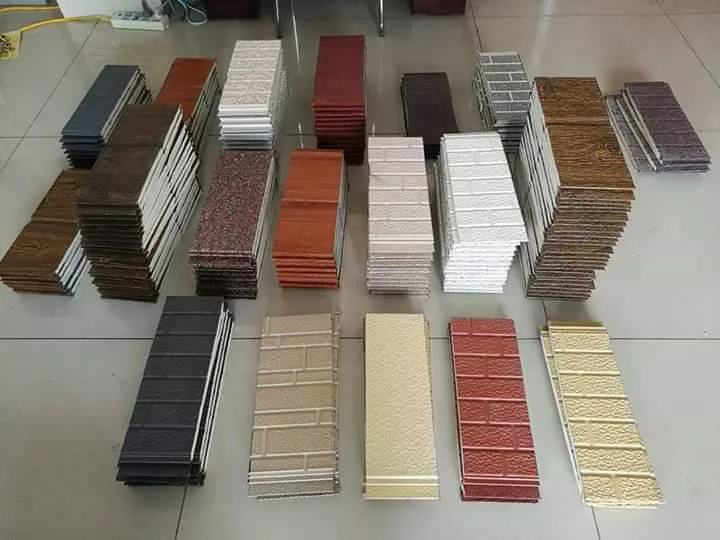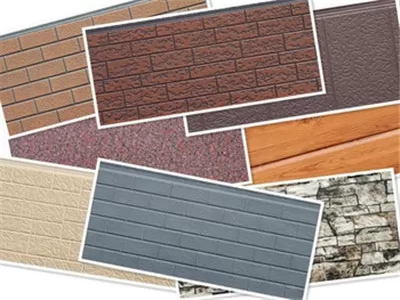
Typical advantages compared to traditional structural materials:
· Excellent thermal insulating properties
· Cost-efficient processing
· Chemical and biological resistance
· Light weight and durable
· Fast and easy to install
· Nice aesthetic features
· High intensity and large rigidity
· Non-water absorbent
· Cold and heat resistance
· Dimensional stability
· Environment friends

• High stiffness to weight ratio, making them suitable for lightweight design.
• Good buckling resistance compared to thin orthotropic plate structures.
• Good crashworthiness properties.
• Reduced constructional heights (compared to stiffened plates) for increased useful occupancy space.
• Large unsupported spans, thereby reducing the requirement for supporting elements and increasing architectural freedom.
• Reduced part counts through integrated design.
• Good dimensional accuracy and flatness due to prefabrication in workshops (as opposed to on-board fabrication).
• Reduced assembly times via modular approaches to construction.

